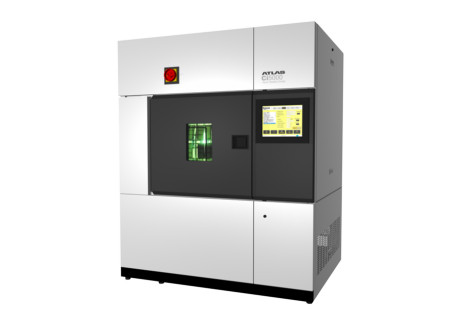Environmental test chambers is used in the test of AEC-Q100 automotive electronic parts
The environmental test chambers is applied to the AEC-Q100 test standard for automotive electronic components testing. Automotive electronic components are divided into three categories, including IC, discrete semiconductors, and passive components. In order to ensure that these automotive electronic components meet automotive safety requirements The highest standard, the American Automotive Electronics Council (AEC, Automotive Electronics Council) is a set of standards designed for active parts [microcontrollers and integrated circuits.. etc.] [AEC-Q100], designed for passive components [[AEC-Q200], which regulates the product quality and reliability that must be achieved by passive components. AEC-Q100 is the automotive reliability test standard established by the AEC organization.
AEC-Q100 automotive IC product verification flow chart:
Condition finishing of environmental test chamber (temperature and humidity test):
Temperature and humidity with applied bias voltage, according to JESD22 A101: 85℃/85%R.H./1000h/bias.
HAST (HAST Highly Accelerated Stress Test, according to JESD22 A110): 130℃/85%R.H./96h/bias, 110℃/85%R.H./264h/bias.
Highly accelerated stress test without bias voltage, according to JEDS22-A118, equipment: HAST accelerated aging test chamber): 110℃/85%R.H./264h.
Unbiased damp heat, according to JEDS22-A101, equipment: constant temperature humidity test chamber): 85℃/85%R.H./1000h.
Temperature cycle, according to JEDS22-A104, equipment: Temperature Humidity Test Chamber:
Grade 0: -50℃←→150℃/2000cycles
Level 1: -50℃←→150℃/1000cycles
Level 2: -50℃←→150℃/500cycles
Level 3: -50℃←→125℃/500cycles
Grade 4: -10℃←→105℃/500cycles
PTC (power temperature cycle, according to JEDS22-A105, equipment: PCT Highly Accelerated Stress Test Chambers):
Grade 0: -40℃←→150℃/1000cycles
Level 1: -65℃←→125℃/1000cycles
Level 2~4: -65℃←→105℃/500cycles
HTSL (High temperature storage life, JEDS22-A103, equipment: Precision High Temperature Oven):
Plastic package parts: Grade 0: 150℃/2000h
Level 1: 150℃/1000h
Grade 2~4: 125℃/1000h or 150℃/5000h
Ceramic packaged parts: 200℃/72h
Environmental test chamber,AEC-Q100,Temperature Humidity Test Chamber,HAST Acceelerated Aging Test Chamber,PCT Highly Accelerated Stress Test Chambers,Precision High Temperature Oven-QINSUN INSTRUMENT LAB



评论
发表评论